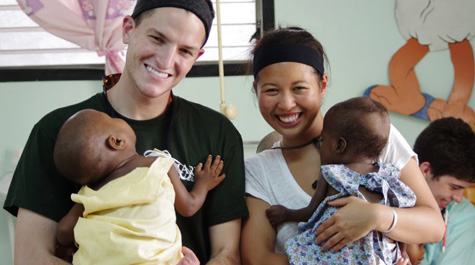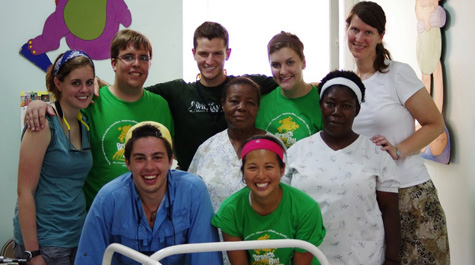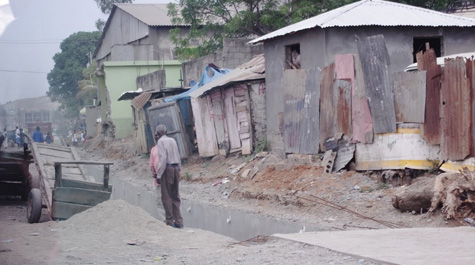Report: How colleges should provide aid to Haiti
As a result, the College helped found the Haiti Compact, which began looking into how college students could most effectively provide assistance to the country through alternative break trips. The compact recently released a report, which outlines the group’s findings and gives other interested colleges guidance for planning their own alternative break trips to Haiti.
Break Away, the national alternative breaks association, spearheaded the formation of the Haiti Compact in spring of 2010. Along with William & Mary and Break Away, the other charter members of the compact include: American University, Indiana University, Loyola Marymount University and the University of Maryland.
Representatives from each of the colleges – both staff members and some students – joined staff members from Break Away for an exploratory trip to Haiti in June of 2010. Melody Porter, associate director of community engagement, and Brian Focarino ’11 represented William & Mary on the trip.
“We set up about 20 meetings over the course of five days with different organizations there to ask them what was needed and to describe what alternative breaks are and to see if it made sense for us to start recommending trips,” said Porter. “The general answer that we got was yes.”
The Haiti Compact’s report is based on findings from that initial trip and work that’s been done since that time, including a William & Mary alternative break trip that went to the country in May 2011.
“The report gives information about all of the organizations that we visited, breaking down who we suggest that schools work with, but also gives some ethical guidelines for our work with Haiti and some best practices in terms of safety, preparedness and education,” said Porter.
The report also invites other universities to consider becoming involved. All schools that join the compact must commit to serving in the country for four years. Charter compact members such as William & Mary will serve as mentors and advisors to the new schools.
Now that the charter schools have had some successful trips to the country, “we really feel good about encouraging other people to go,” said Porter.
Although many schools across the country are already doing their own trips to Haiti, Porter said that the compact’s work may be more effective because it is a collaborative effort.
“The more we get involved with this and the more conversations that we have, we really think that working together is the only way to make it effective, to stop overlap, and to make sure that we’re getting at what’s really needed in the community,” she said.
William & Mary has one alternative trip to Haiti planned for spring 2012, and another tentative trip that is currently in the planning process. That trip would be an offshoot of the William & Mary Medical Relief trip that travels to Nicaragua each year.
Although other crises and natural disasters have distracted some worldwide attention from Haiti, the needs in the country are still great -- and complex, said Porter.
“Part of what makes it complicated is that there are so many NGOs (non-governmental organizations) doing different things there, but not really working together in a coordinated way,” she said. “So it’s hard to even say what the entire need is.”
However, the compact is working overall toward Haitian empowerment, Porter said. For William & Mary students who will be participating in the upcoming trips, that means working in a children’s hospital and helping women who are creating hot chocolate for export develop business and marketing plans. Some of the students will also seek to help teachers at a small school, which is currently meeting in a tent, develop curriculum.
“What’s nice about both of those projects is that they feel like capacity-building projects, not just like we’re going to go in and do something and feel good and leave,” said Porter.
That long-term commitment is of paramount importance to the compact’s community partners in Haiti.
“This last trip in May, we were sort of learning more about what we could be doing, and they said, ‘Really, we want you to come back. That’s the first thing we want. Don’t just come here and think you made a connection. We want to build a relationship with you,’” said Porter.
“When we left, they gave us a cake that said ‘See You Soon.’ That was really an emphasis for them, so I’m glad that we’ve already committed to going for four years.”


















